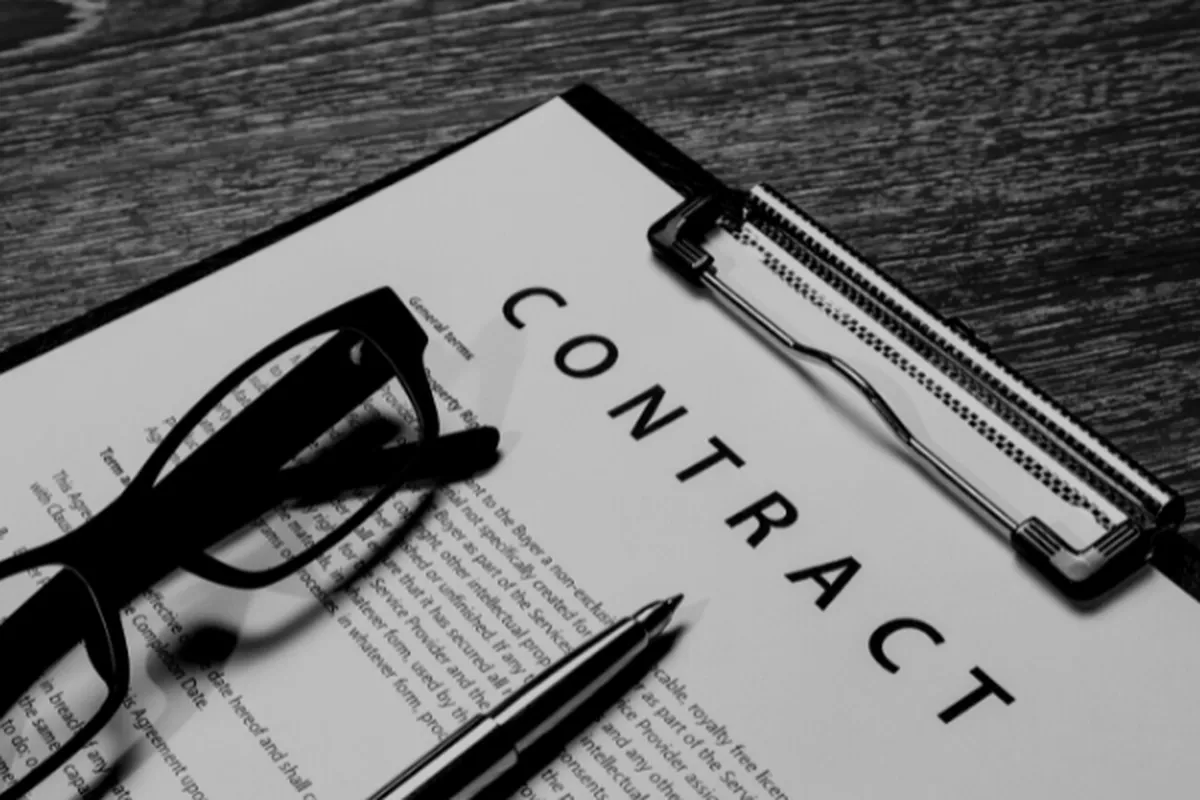PPN 06/21 is a Procurement Policy Notice which requires any UK business who are looking to bid for large contracts.

Are you currently bidding for a large government contract?
Did you realise that you must provide a Carbon Reduction Plan under PPN 06/21 to even start the bid in the procurement of the contract?
Is this your first time having to provide a calculation of your carbon footprint?
If you answered yes to any of these, keep reading. Even if you answered no, this may still be of interest.
What is PPN 06/21 and when should it be applied?
PPN 06/21 is a Procurement Policy Notice which requires any UK business who are looking to bid for large contracts with Central Government Departments, their executive agencies and non-departmental public bodies to provide a Carbon Reduction Plan. The bidding suppliers should publish their Carbon Reduction Plan at the selection stage of the procurement.
This environmental policy came into effect for new procurements launched from 30th September 2021. This applies to contracts for procuring goods and/ or services and/ or works which are subject to the Public Contracts Regulations 2015, where the contract value is of £5 million per year and above.
Any exceptions to PPN 06/21?
PPN 06/21 does not apply to contracts less than £5 million per annum. If the contract is £5 million and above and is subject to the Public Contract Regulations, there are very few exceptions. The guidelines mention that the exception to the Notice is if it’s ‘not related and proportionate’ to the procurement.
According to published government guidelines, “environmental considerations… will be a factor in most, if not all, contracts”. Every single business has an environmental impact on the planet. As we all know, it’s difficult to avoid emissions completely as even zoom calls and emails have GHG emissions. However, there are two instances where businesses may not need to submit a plan, even that may often be temporary:
1. There may not be a need to submit a plan “where the market for this type is distorted/ narrowed/ struggling to such a significant extent that delivery of public services is likely to put at risk, or value for money is likely to be severely compromised; or
2. Where there’s a civil emergency”.
Additionally, there is no requirement for businesses to provide a Carbon Reduction Plan for devolved administrations. Although, it is still within their discretion to choose to ask for one.
What should the Carbon Reduction Plan contain?
On a high level, the Plan should be published on the supplier’s website. It must be signed off at an appropriate level within 12 months of the date of the procurement. It should include the supplying party’s commitment to achieving Net Zero by 2050 as set out in the technical standards, as well as:
a) The details of the supplier’s GHG emissions (scope 1, 2 and 3); and
b) All details of the environmental management measures that are to be applied in the delivery of the contract.
How C Free can help
For a lot of businesses, creating and implementing a Carbon Reduction Plan will be an entirely new process. C Free can help a business calculate their emissions, provide a detailed reduction plan for the company, and provide carbon reduction projects for your business to support. C Free will be with you every step of the way and will guide you through the entire process.
But first, here are some tips from C Free when writing up your Carbon Reduction Plan:
1. First thing the potential supplier needs to do is calculate the carbon emissions. As mentioned above, scopes 1, 2, and 3 needs to be reported.
a. Scope 1: the Direct GHG emissions that occur from sources that are controlled or owned by the supplying organisations. For example, this could include emissions associated with fuel combustion in boiler furnaces, or the vehicles used by employees of the company.
b. Scope 2: Indirect GHG emissions associated with the purchase of electricity, steam, heat or cooling.
c. Scope 3: all sources that are not within the company’s scope 1&2 boundary. Typically, scope 3 represents most of their total GHG calculations.
2. The business will need to provide:
a. Baseline emissions: this is the starting point of the Carbon Reduction Plan. This is from the year the business is looking to compare their reductions against.
b. ‘Current year’ emissions: these are from the last 12-month period. It’s important to note that if this is the first calculation for the business, the baseline emissions will be the same as the ‘current year’ emissions.
3. Set targets – what are you looking to achieve? When are you looking to achieve Net Zero emissions?
4. Implement a carbon reduction strategy in the business’ day-to-day system, with a yearly check to show your business’ full commitment to achieving Net Zero by 2050.
5. Find and support Carbon Reduction Projects – this can include any reforestation projects, renewable energy, community projects etc.
6. Finally complete and publish the plan on your company’s website.
C Free Thoughts
We’ve heard on the grapevine that these CRPs are going to be the template for mandatory reporting when it does come into place. We’re pretty confident that the size of contract that this is required for (currently £5 million) will only come down to eventually ALL government contracts. So for companies wondering whether to start their journey to Net Zero, get in touch to find out if this applies (or ever will apply) to you!
Feel free to send us an email to find out more.
